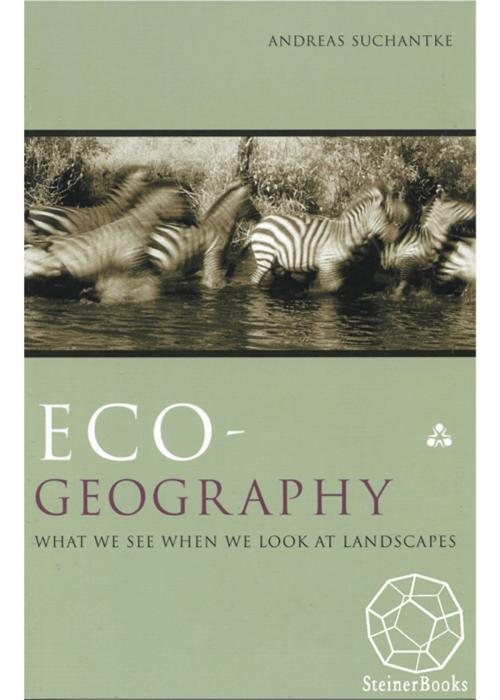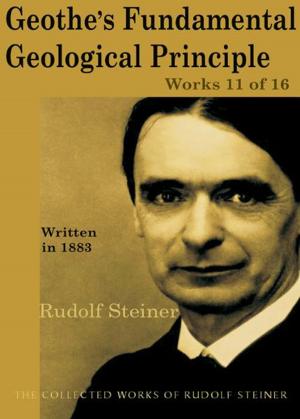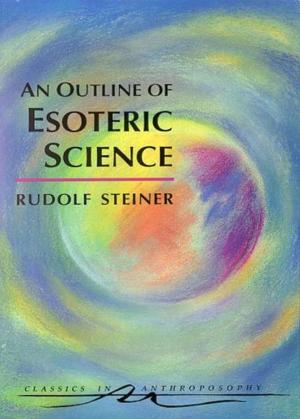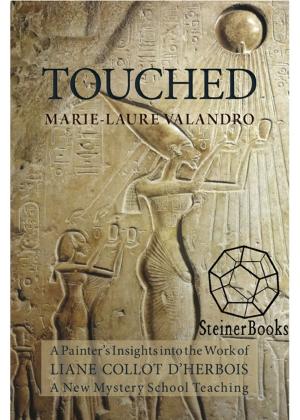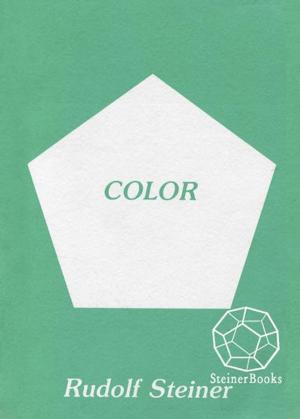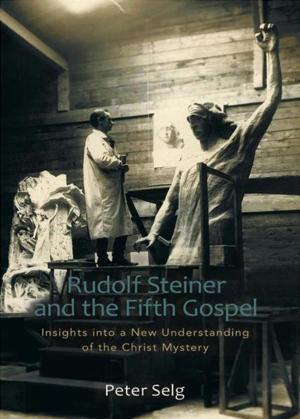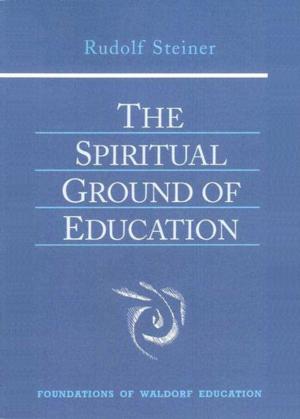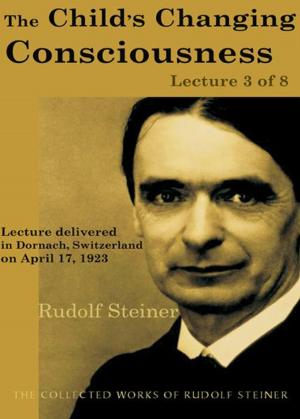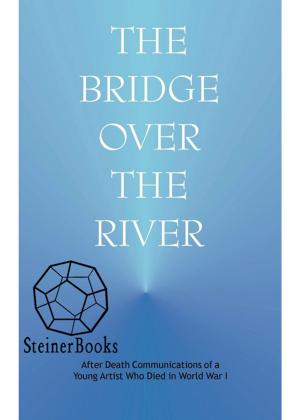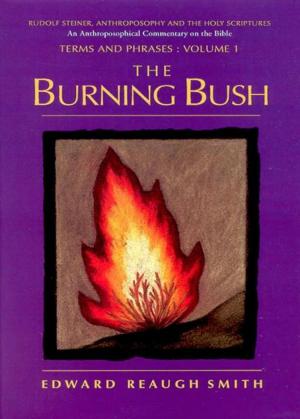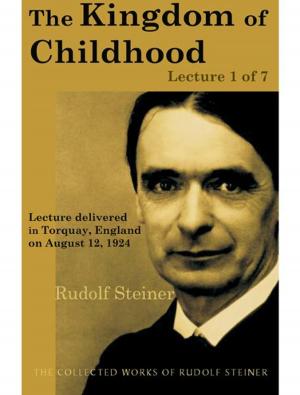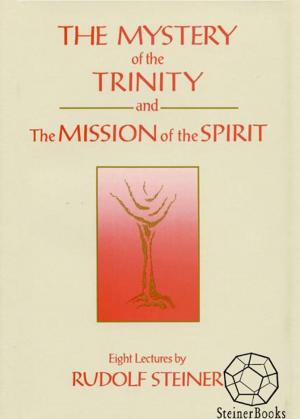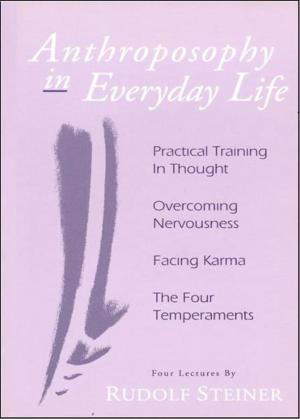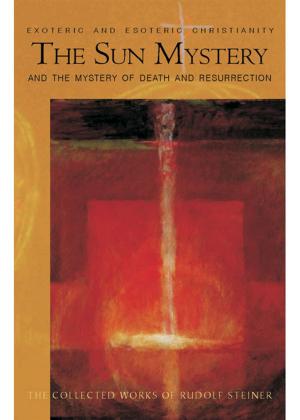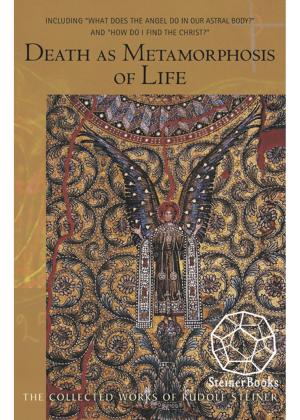Eco-Geography
What We See When We Look at Landscapes
Nonfiction, Science & Nature, Nature, Environment, Ecology| Author: | Andreas Suchantke | ISBN: | 9781584205388 |
| Publisher: | SteinerBooks | Publication: | April 1, 2001 |
| Imprint: | Lindisfarne Books | Language: | English |
| Author: | Andreas Suchantke |
| ISBN: | 9781584205388 |
| Publisher: | SteinerBooks |
| Publication: | April 1, 2001 |
| Imprint: | Lindisfarne Books |
| Language: | English |
Whether you travel across the country, to work, or to your children's soccer games, you pass landscape along your way. What do you see as you look around? Author Andreas Suchantke shows you new ways to see and experience the world around you wherever you go. What do we really see when we look at a landscape? Andreas Suchantke, biologist, science teacher, attentive traveler, recounts in detailed and telling observations some of the most fascinating landscapes on Earth: the savannahs of East Africa, the rainforests of South America and Africa, the unique islands of New Zealand, the Great Rift Valley of Africa, and the Middle East. He brings us to landscapes that have been severely damaged by human activity and others, such as the island of Sri Lanka, where nature and human culture have been brought into paradisial harmony. His beautiful descriptions and illustrations alone are worth the trip, but these essays are even more than great nature and ecology writing. Suchantke's real interest is a new way of seeing the physical landscape. This approach is based on precise observation, which is not then just analyzed "objectively," but recreated in an active act of imagination. Nature is then experienced as a form of meaning, a language. As Suchantke abundantly shows us, the quality of our relationship with nature is determined by how well we understand this language. The practical use of the imagination is thus an ecological activity. This book is for all those who want a deeper appreciation of Goethean methods of seeing or who are simply interested in viewing nature with fresh eyes.
Whether you travel across the country, to work, or to your children's soccer games, you pass landscape along your way. What do you see as you look around? Author Andreas Suchantke shows you new ways to see and experience the world around you wherever you go. What do we really see when we look at a landscape? Andreas Suchantke, biologist, science teacher, attentive traveler, recounts in detailed and telling observations some of the most fascinating landscapes on Earth: the savannahs of East Africa, the rainforests of South America and Africa, the unique islands of New Zealand, the Great Rift Valley of Africa, and the Middle East. He brings us to landscapes that have been severely damaged by human activity and others, such as the island of Sri Lanka, where nature and human culture have been brought into paradisial harmony. His beautiful descriptions and illustrations alone are worth the trip, but these essays are even more than great nature and ecology writing. Suchantke's real interest is a new way of seeing the physical landscape. This approach is based on precise observation, which is not then just analyzed "objectively," but recreated in an active act of imagination. Nature is then experienced as a form of meaning, a language. As Suchantke abundantly shows us, the quality of our relationship with nature is determined by how well we understand this language. The practical use of the imagination is thus an ecological activity. This book is for all those who want a deeper appreciation of Goethean methods of seeing or who are simply interested in viewing nature with fresh eyes.
